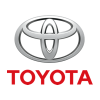
Toyota RAV4

Model Overview
All Toyota models trade heavily on the brand's reputation for strong reliability, but the RAV4 compact crossover combines that with a spacious interior, a robust on-road feel, and the extra (but optional) security of all-weather traction. There's also more variety here than in any of its competitors' CUV lineups: Toyota offers an off-road package, while a hybrid option provides fuel economy that makes subcompact cars envious.
Photos





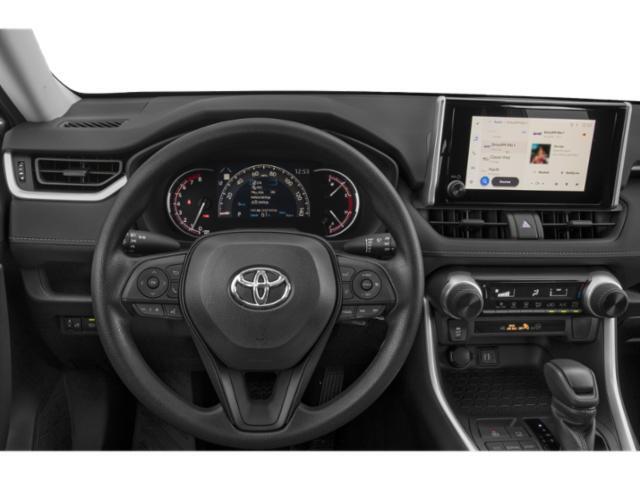
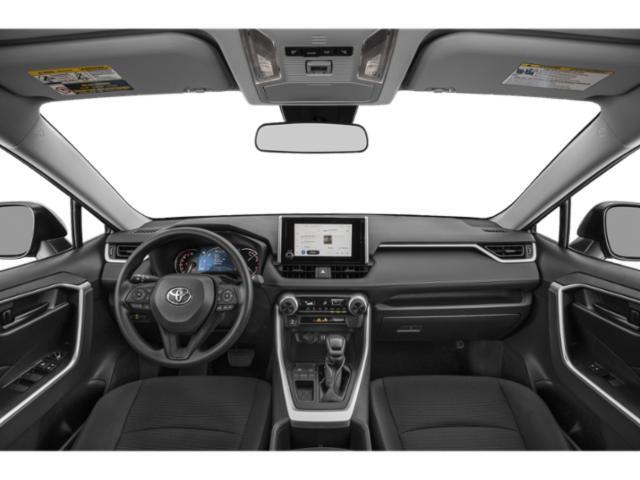
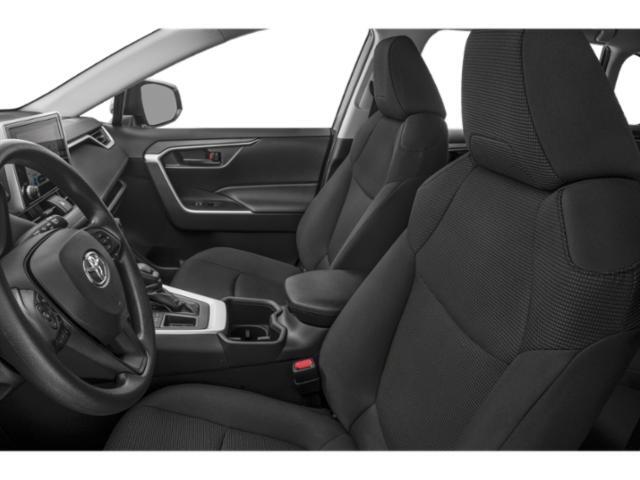
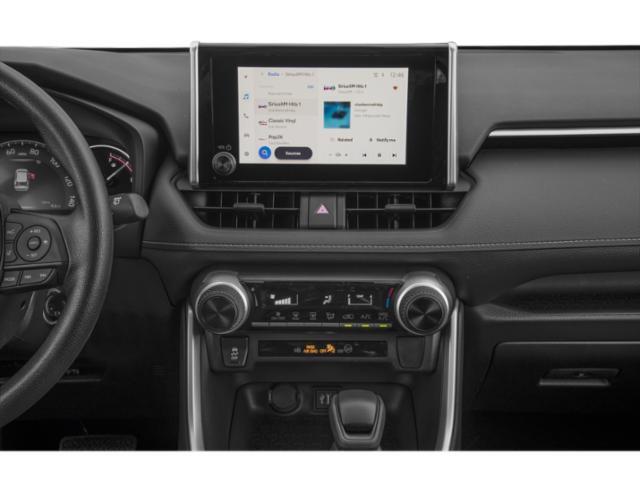
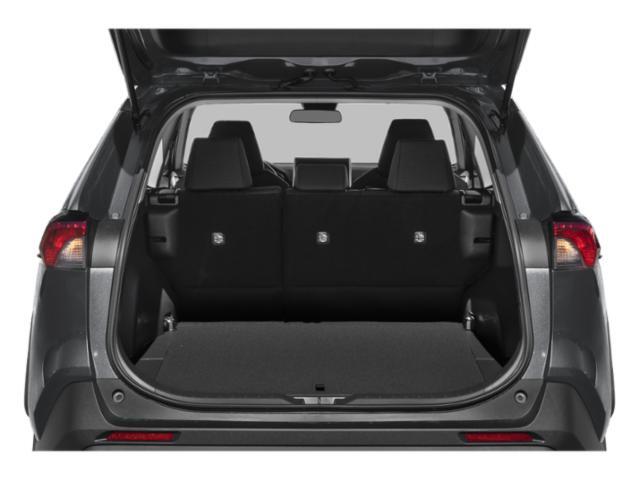
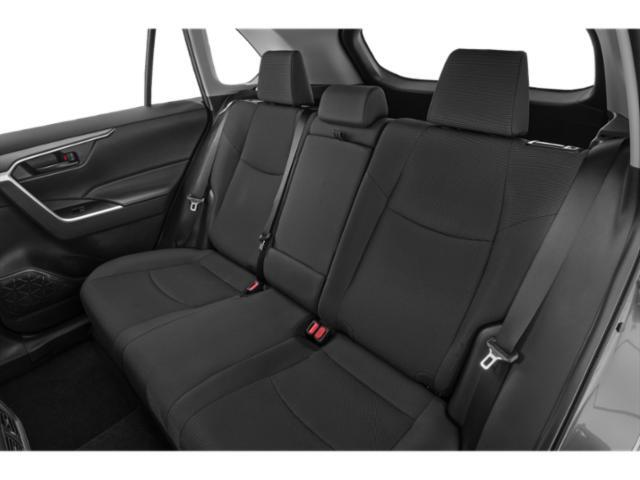
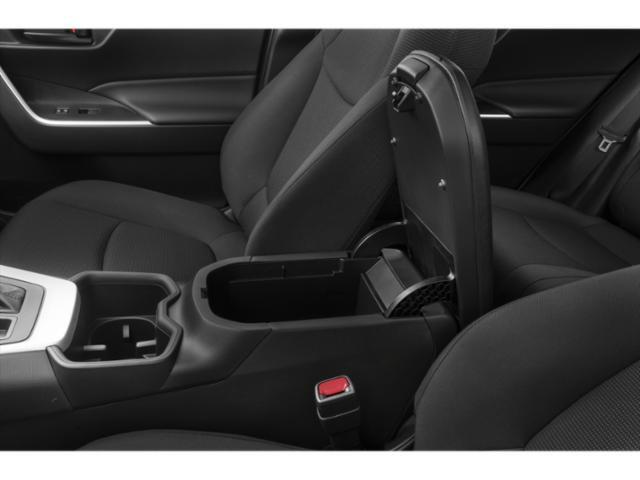
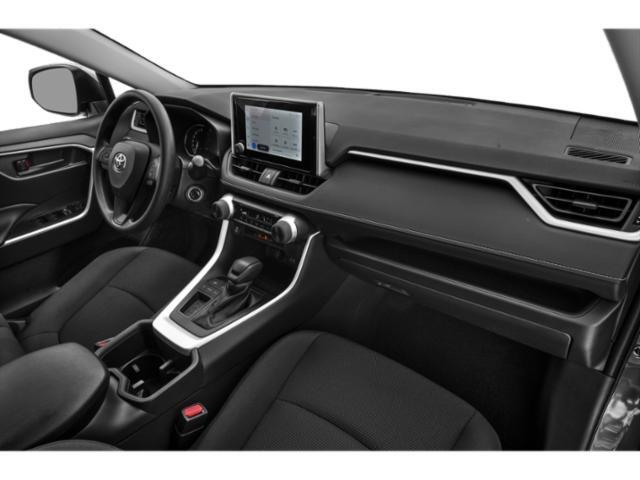
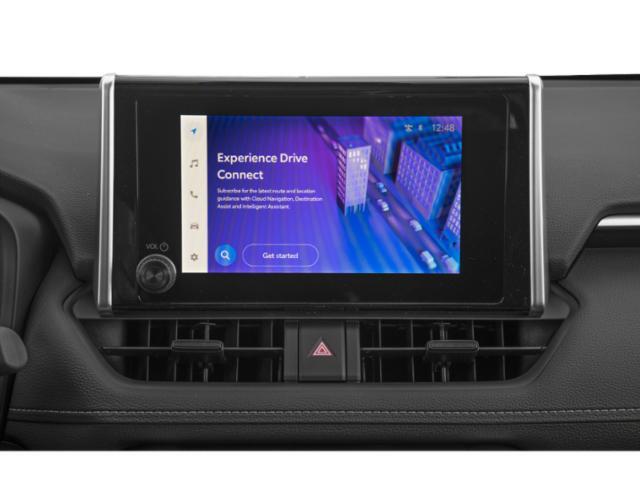





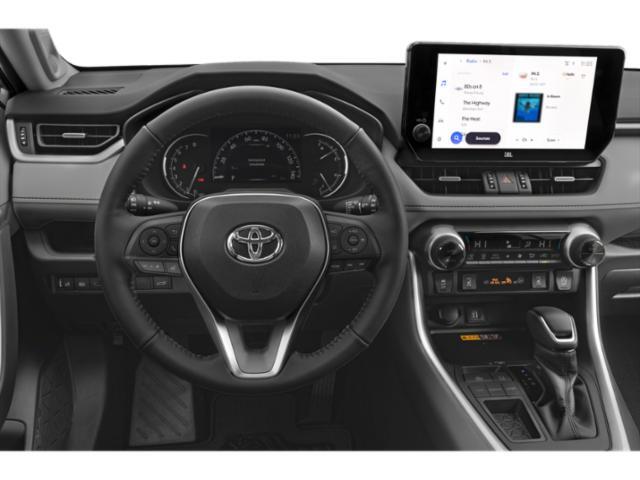
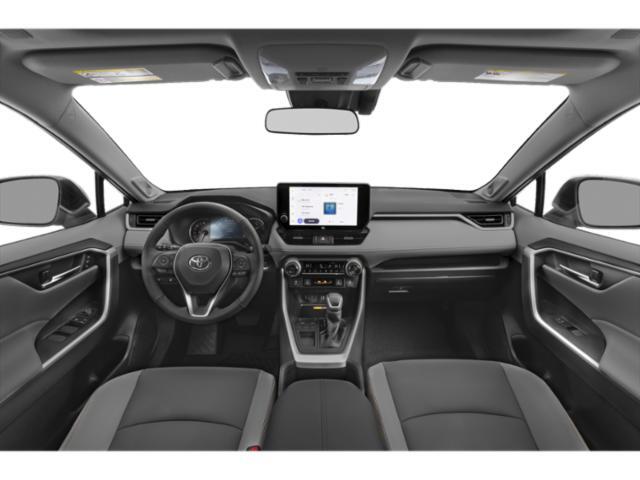


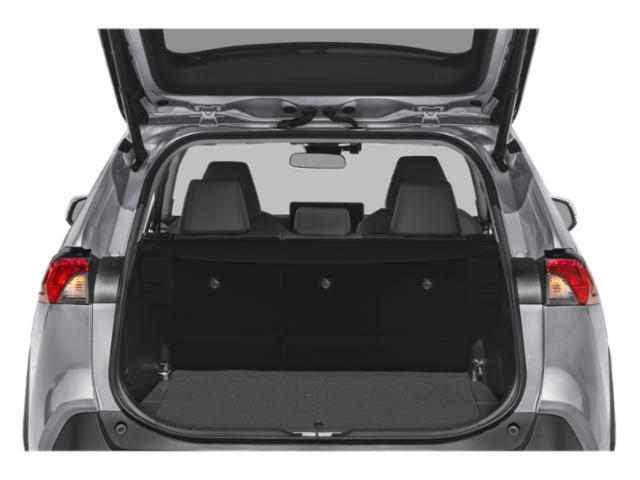
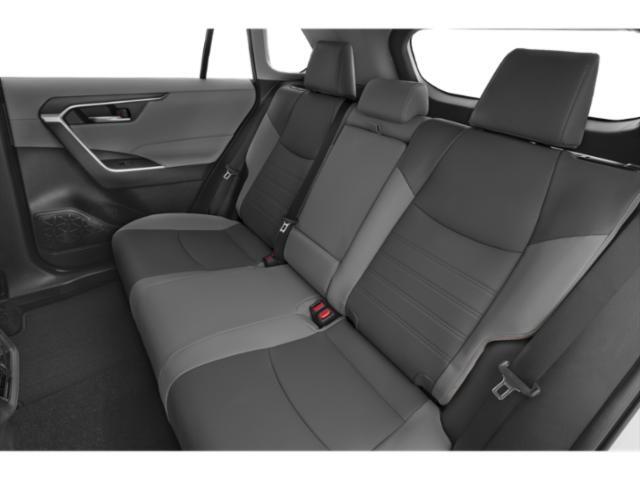






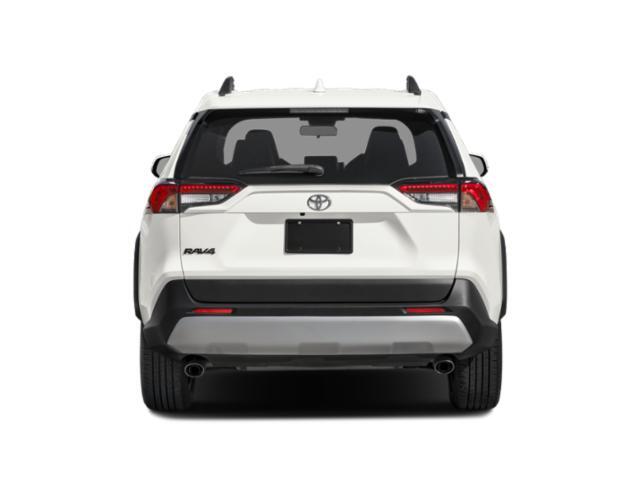

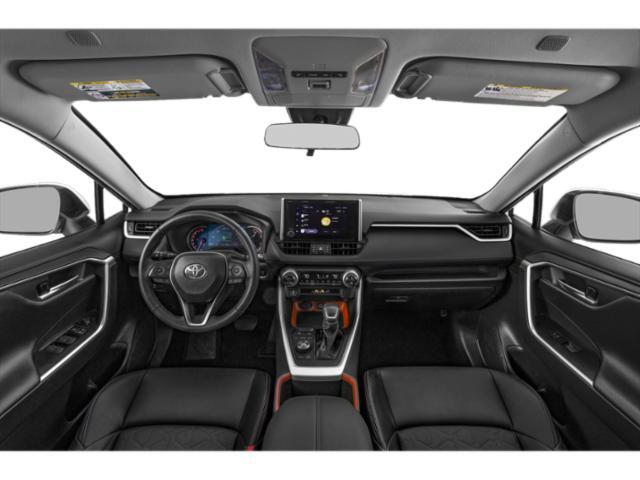


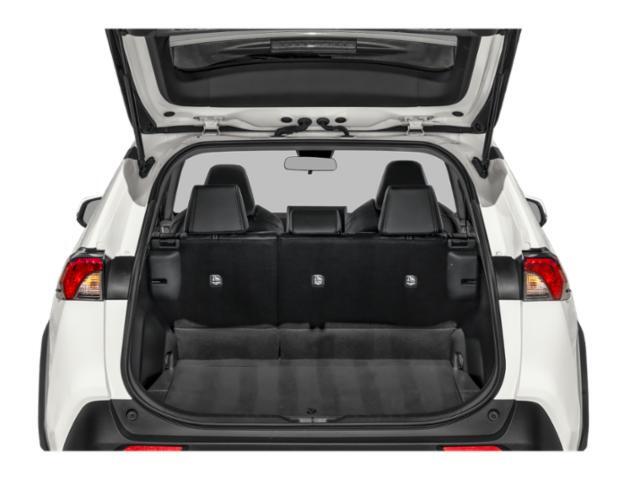
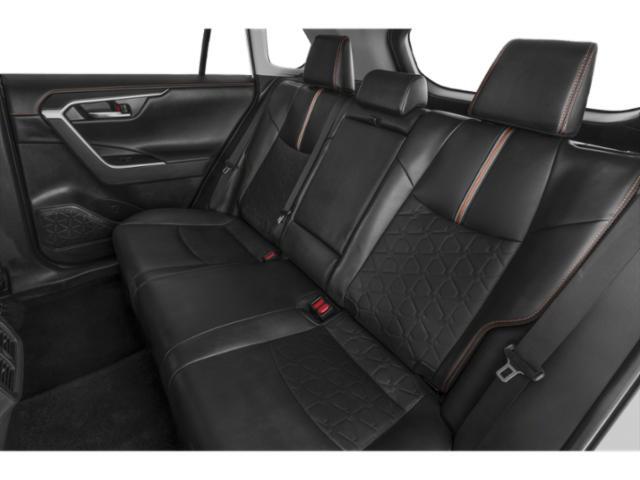
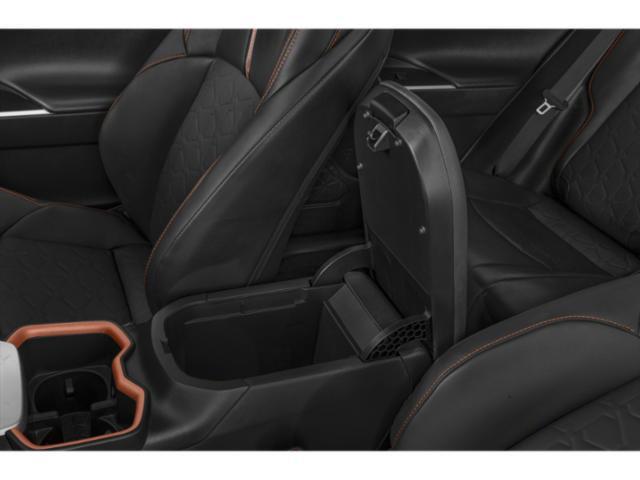
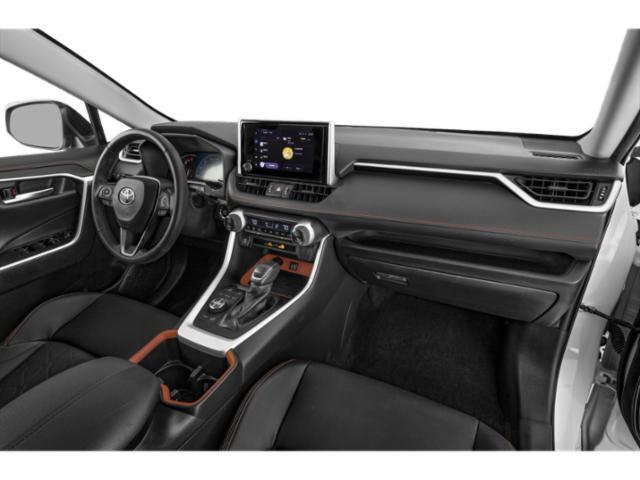




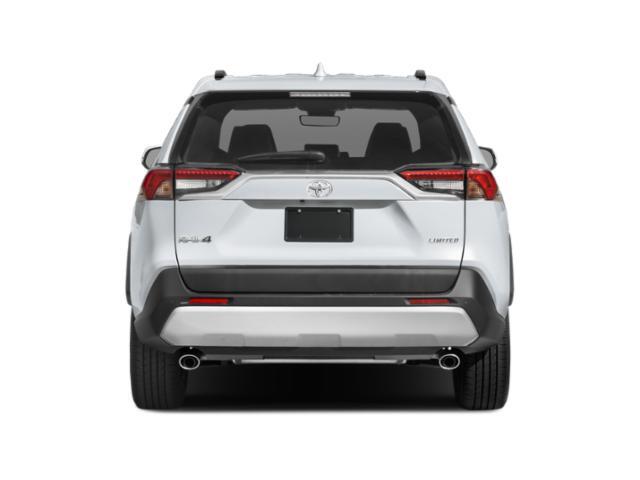

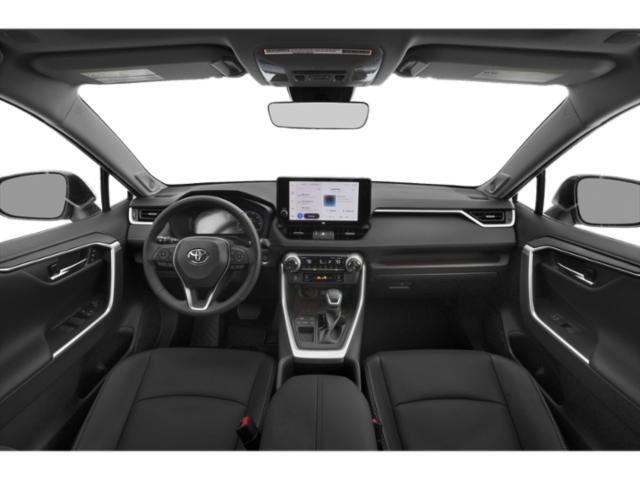

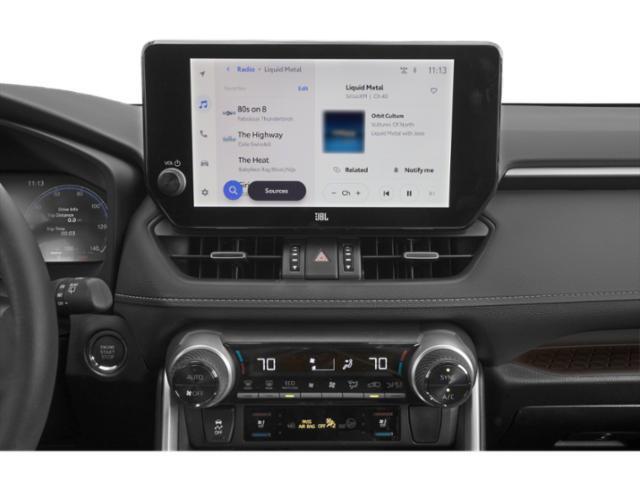

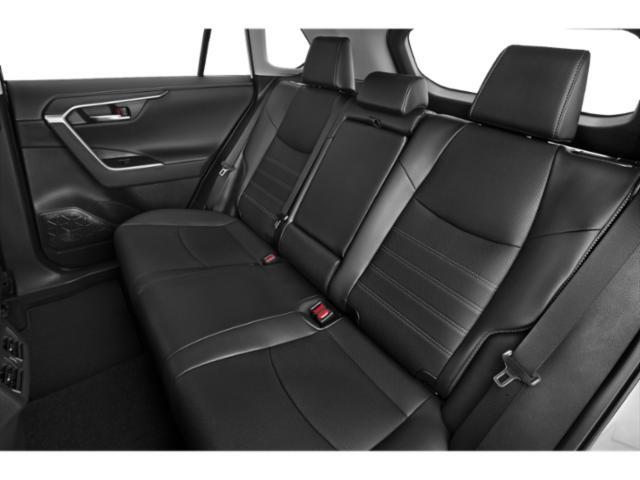
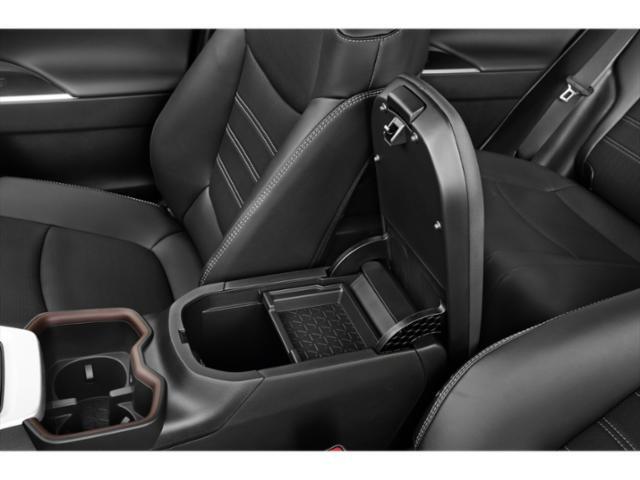
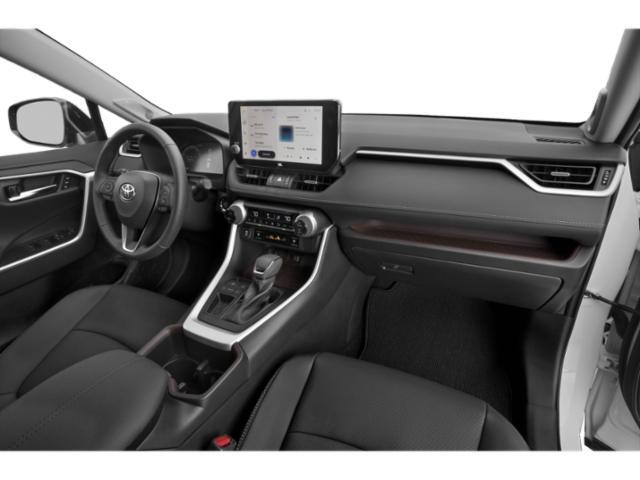





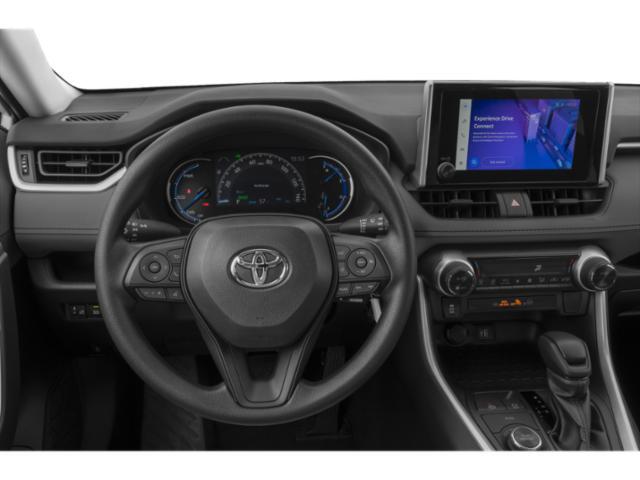
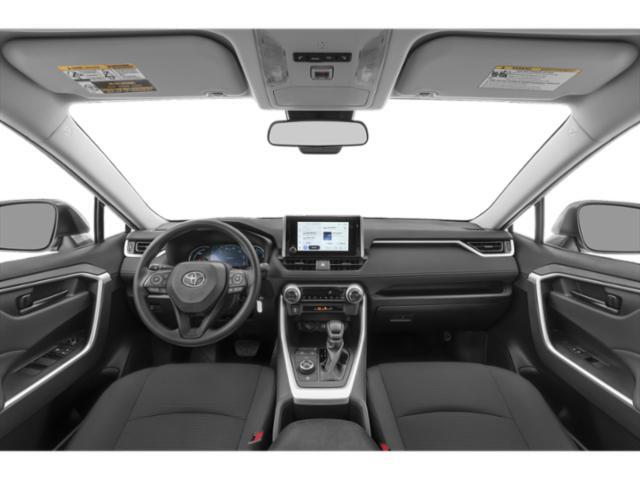
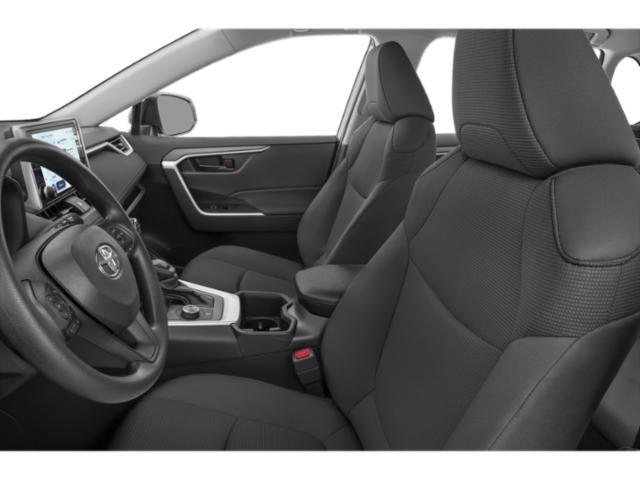
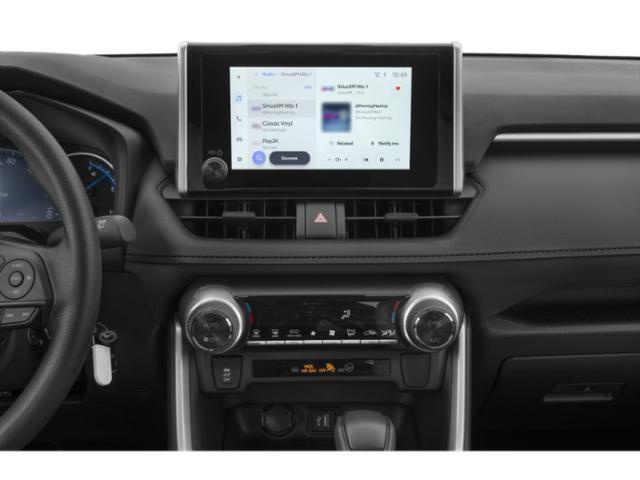
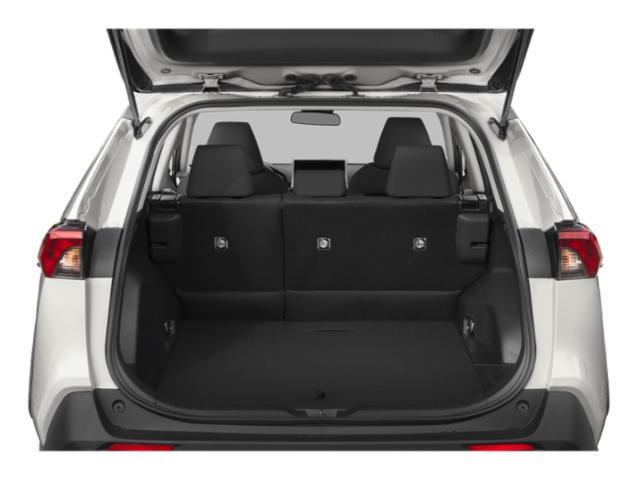

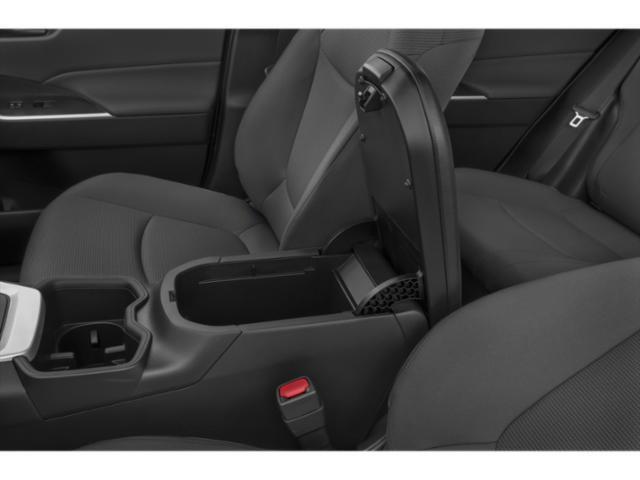
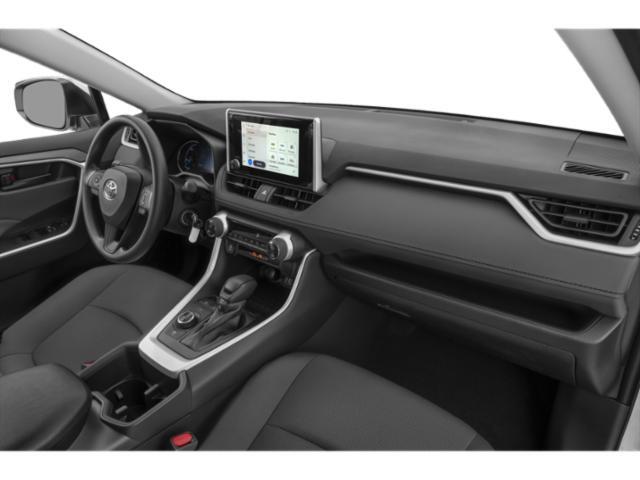
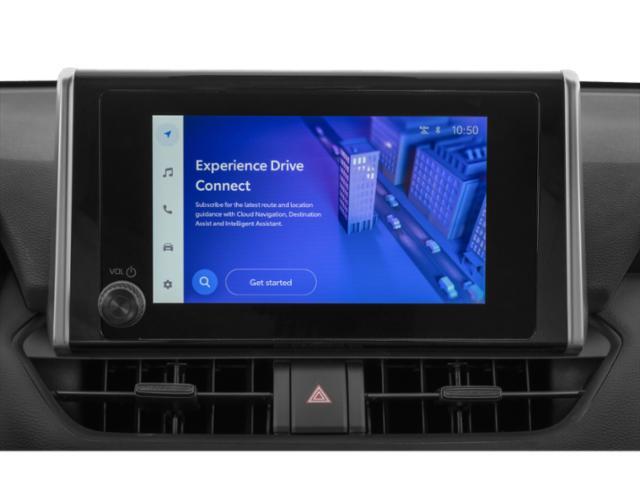




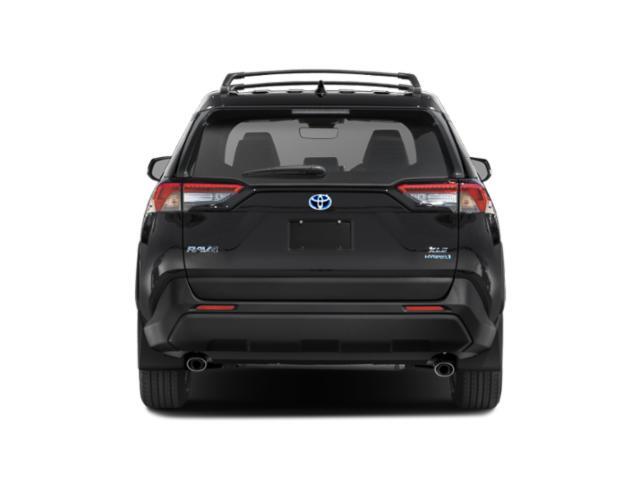
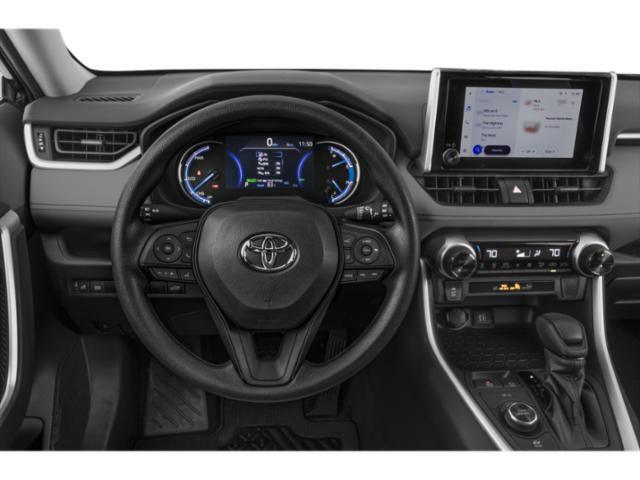
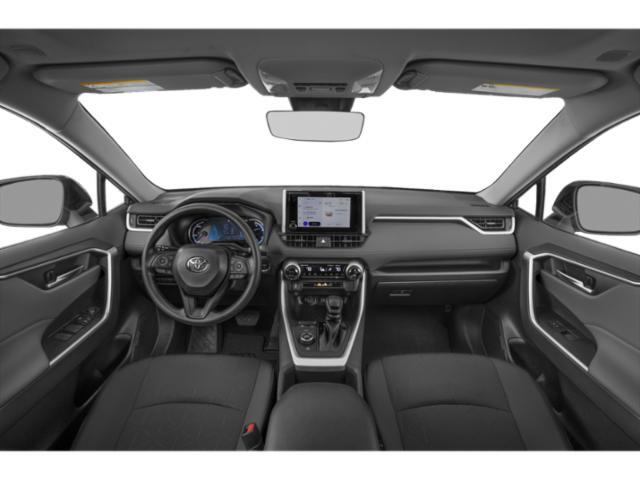
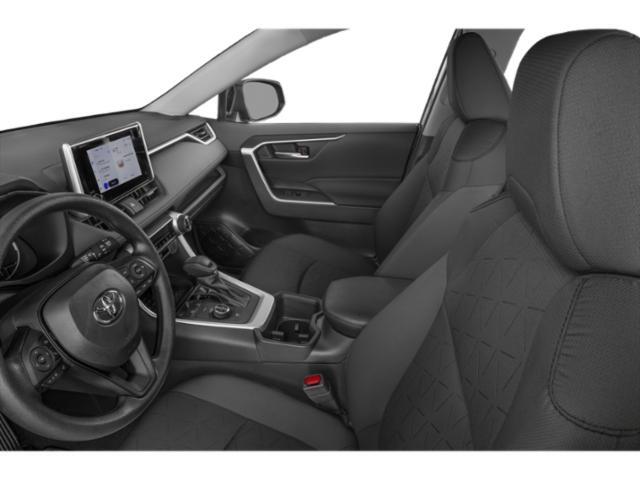
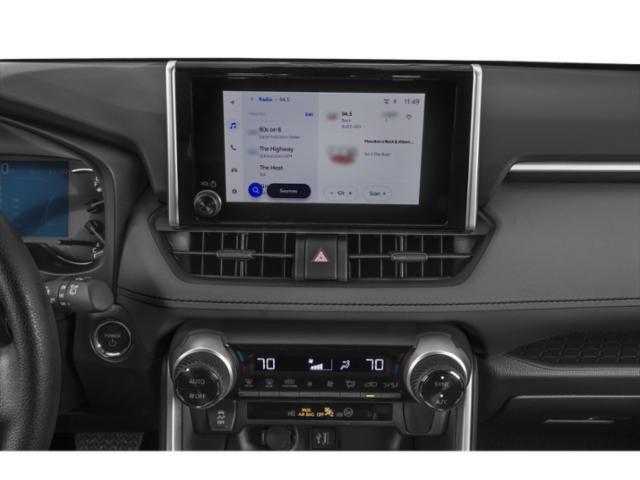
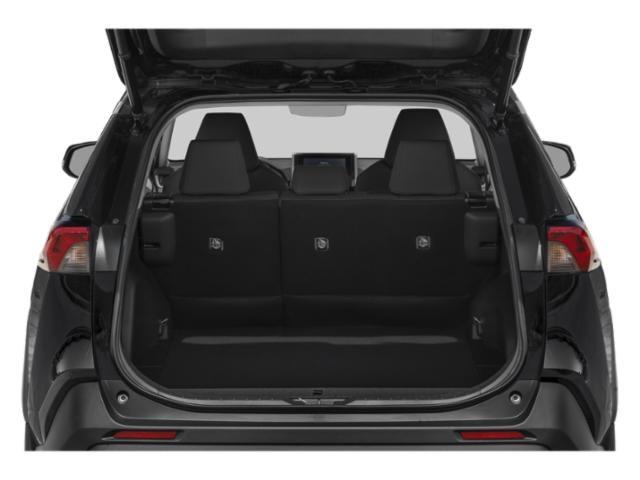
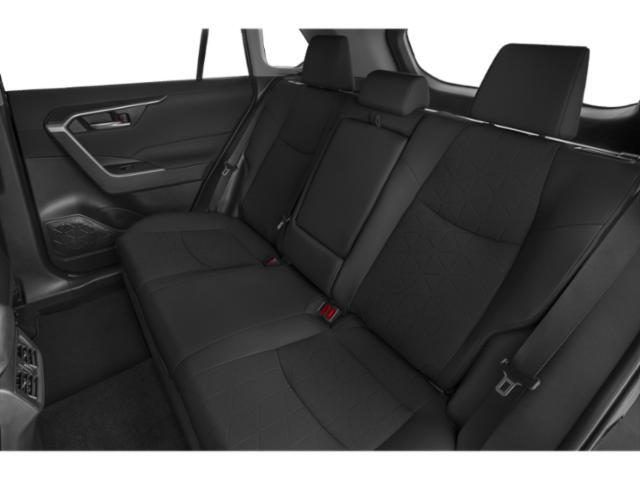
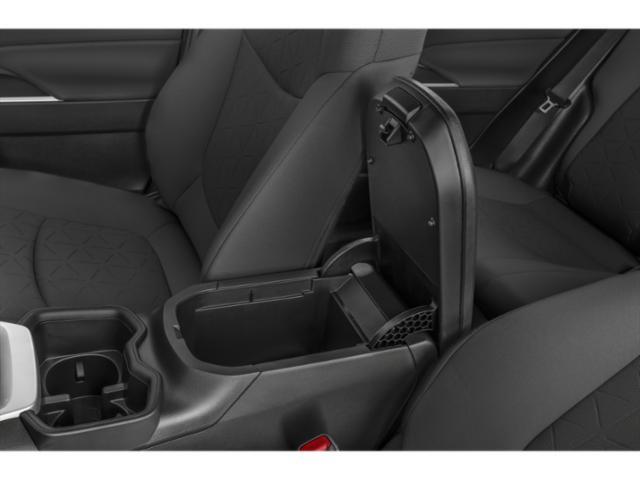
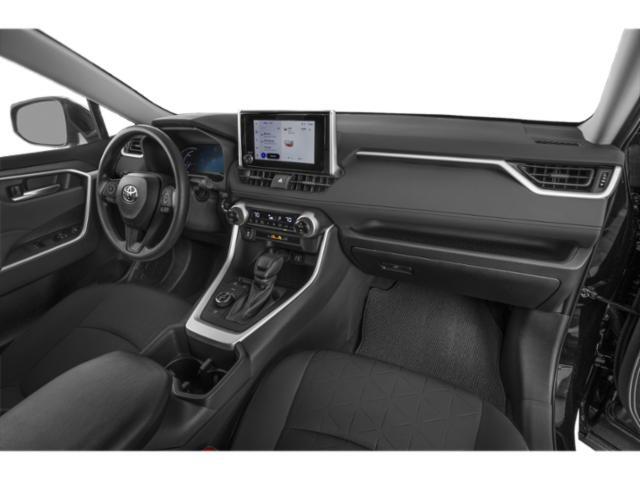




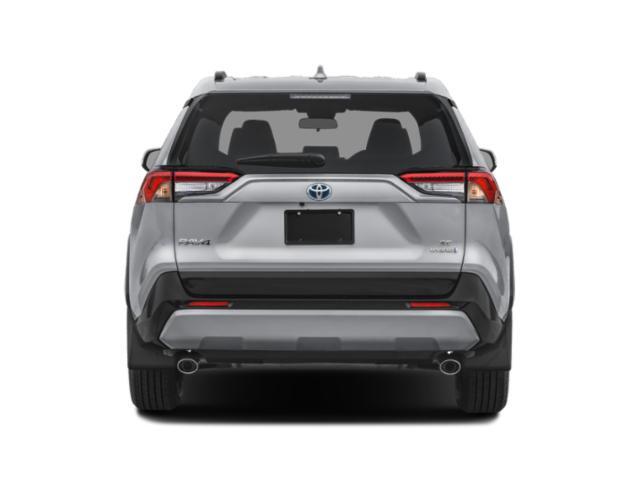

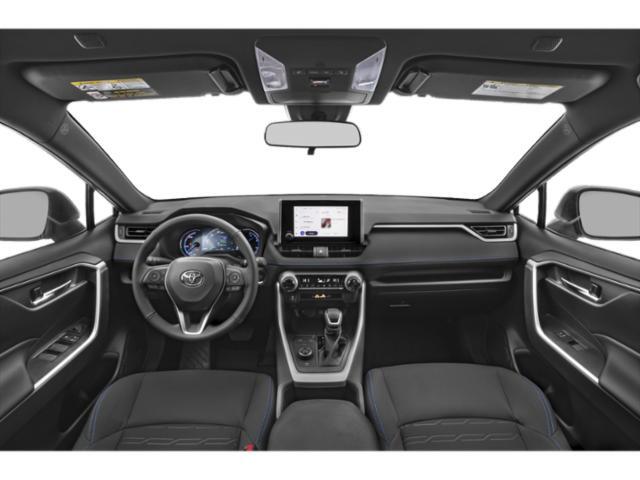
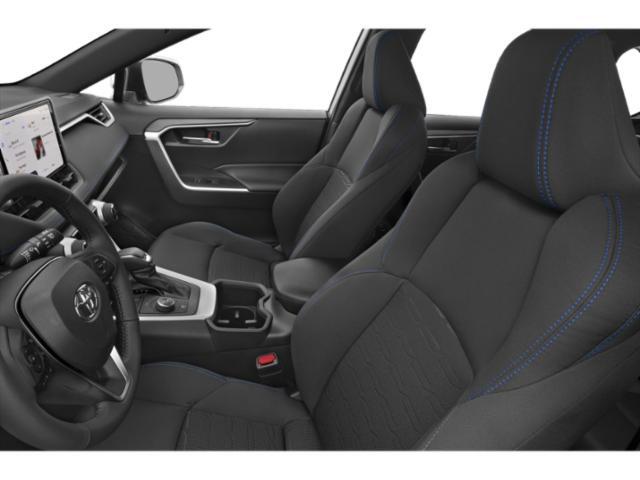
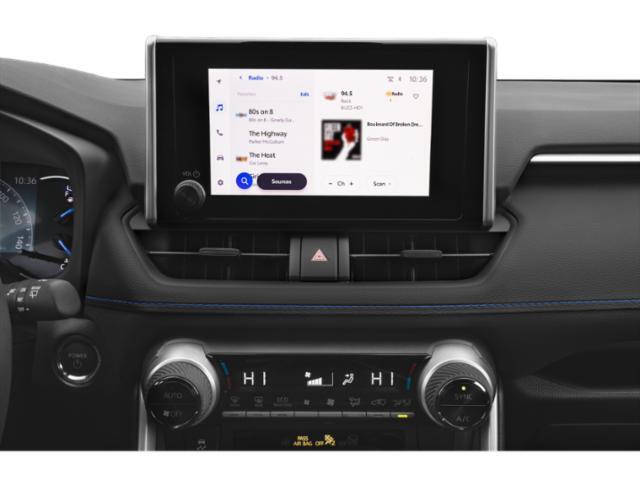

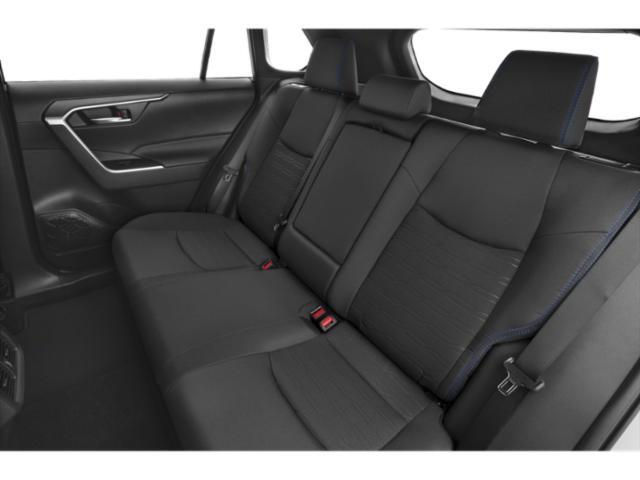
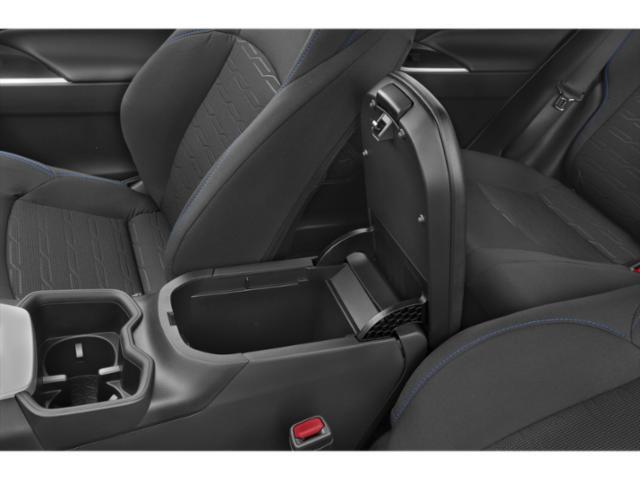
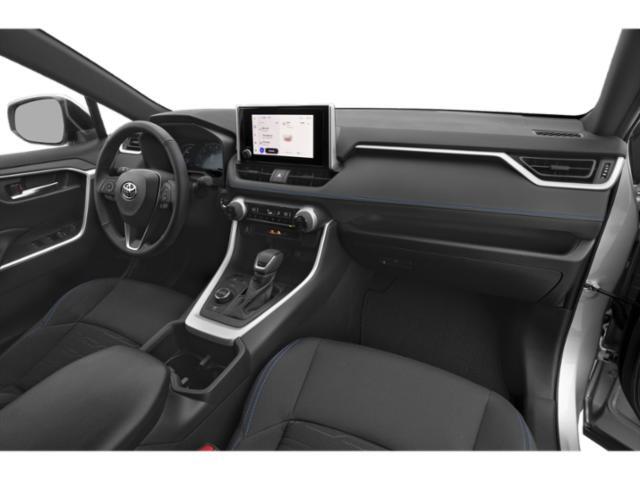





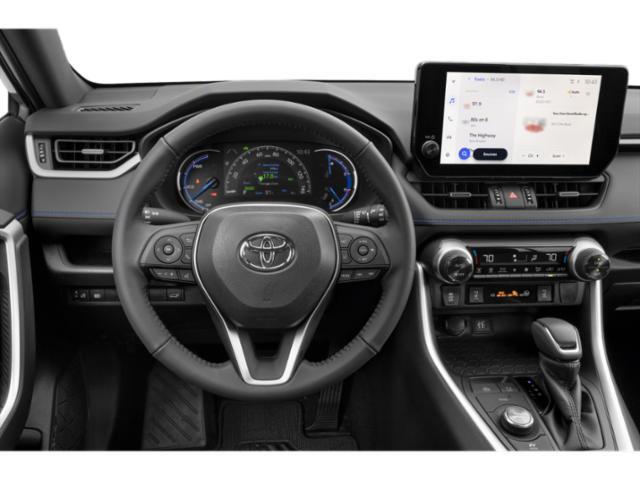
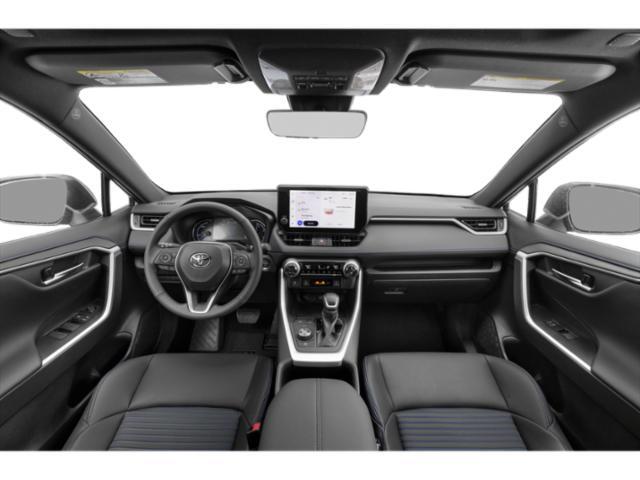
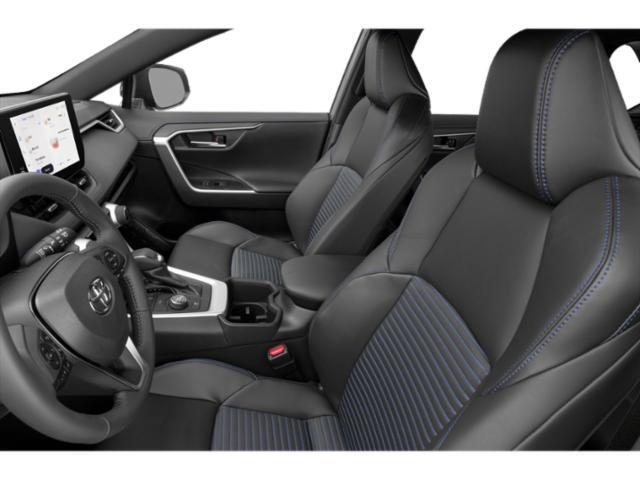
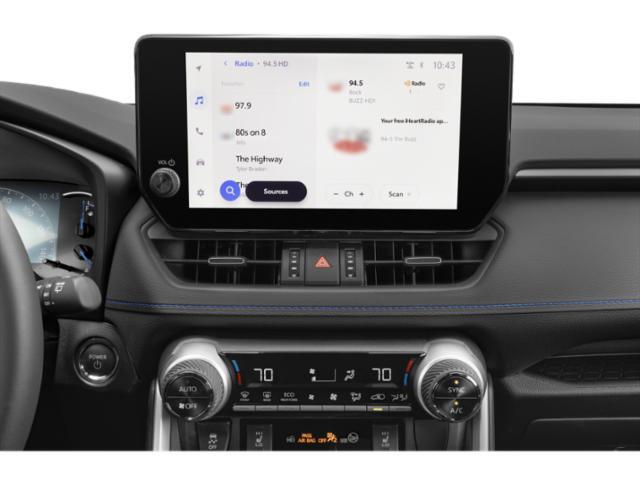
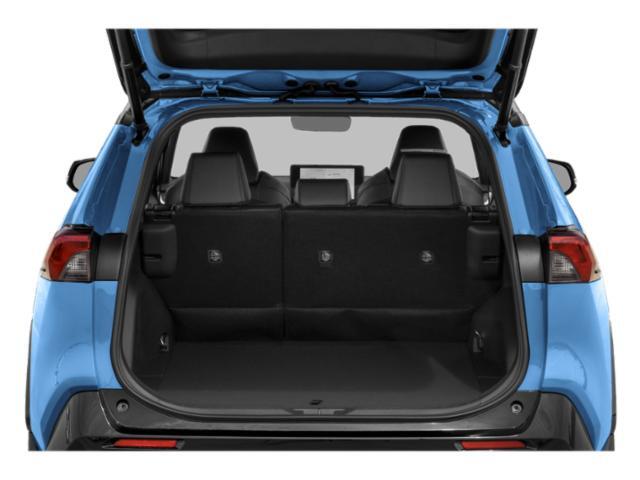
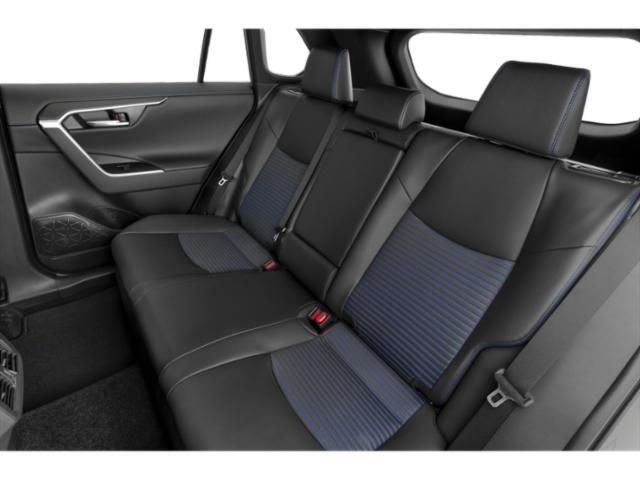
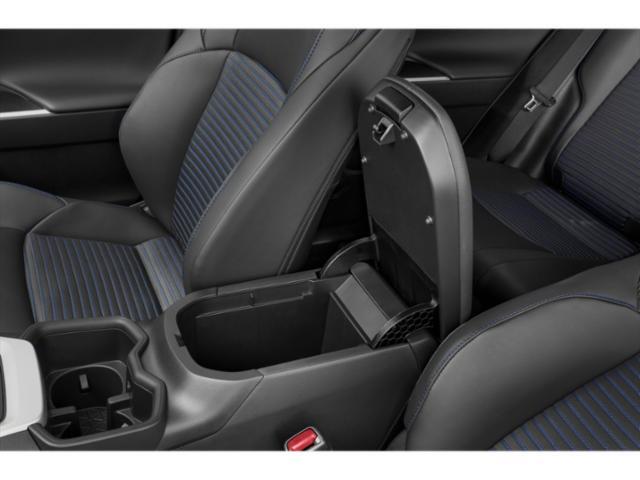
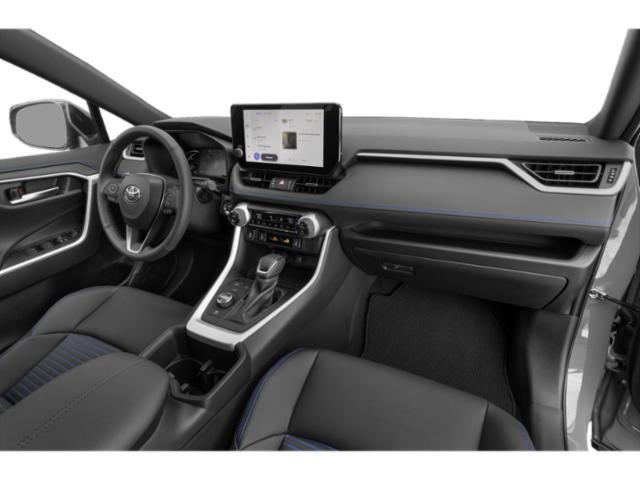





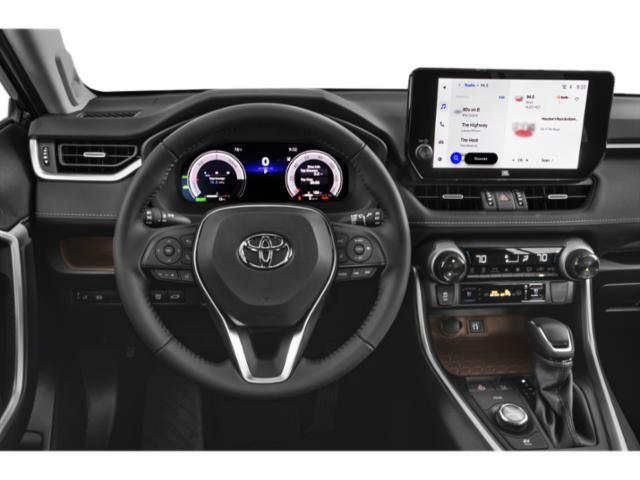
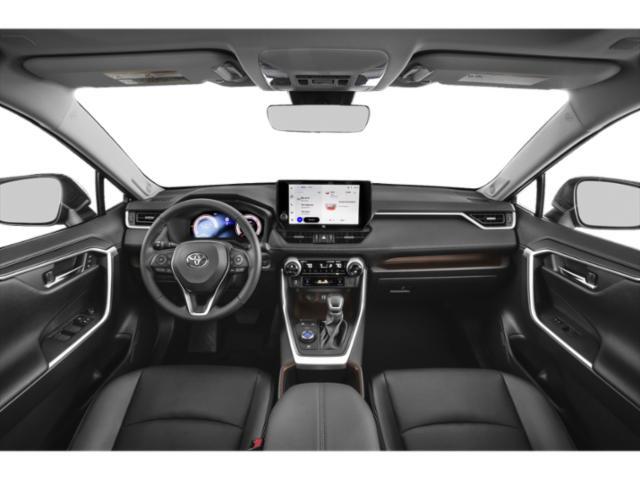

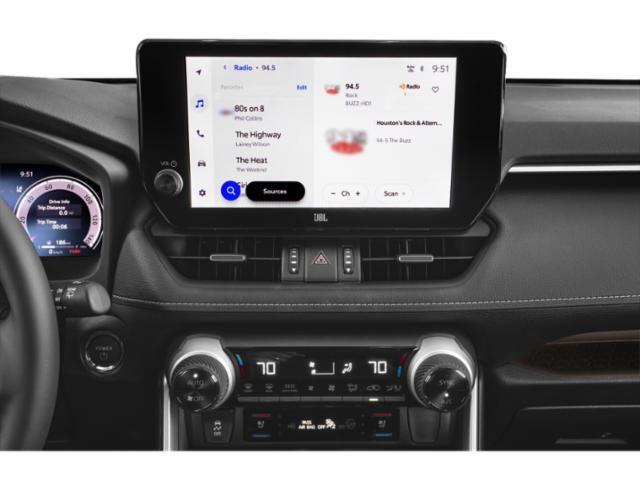
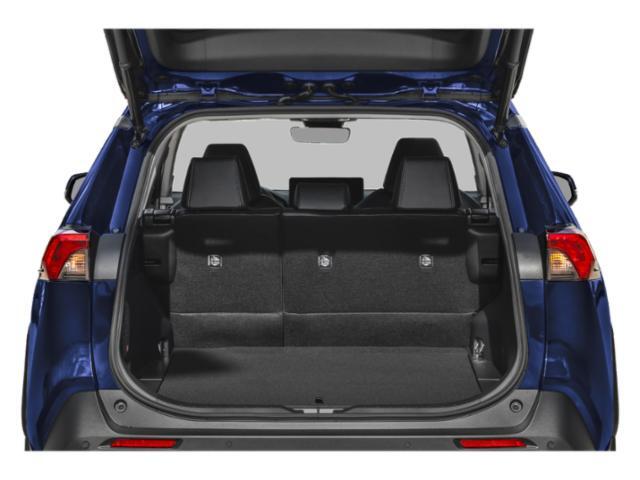
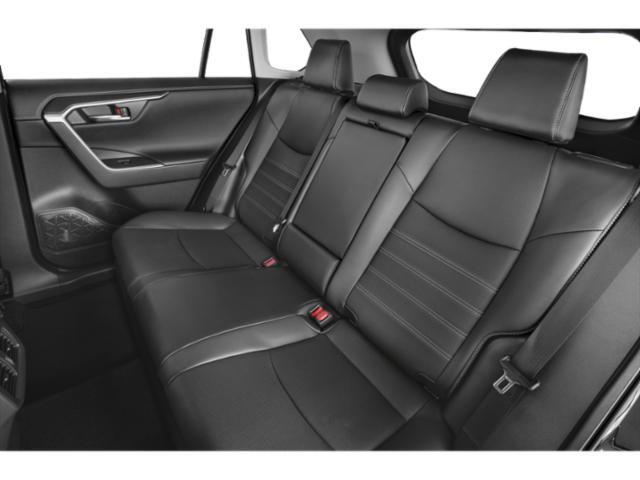
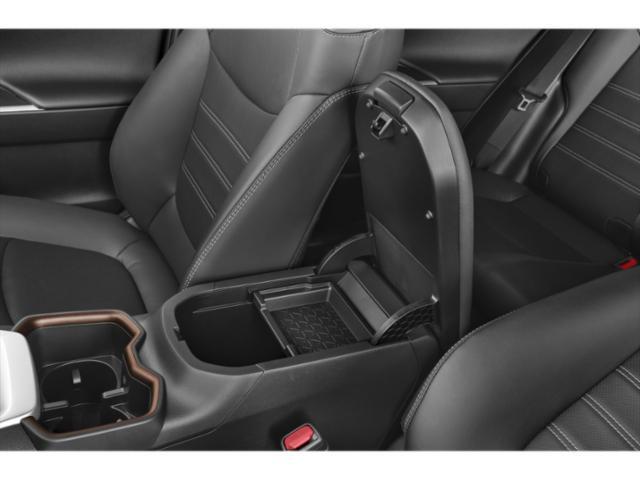
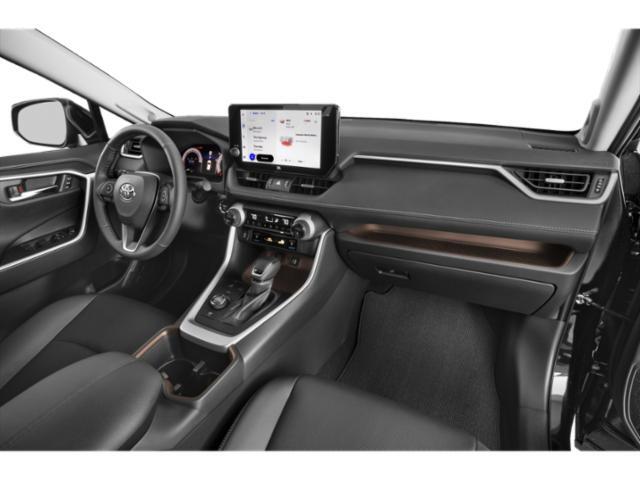























































































































Reviews and News
Owner Scores
Comfort
N/A
Performance
N/A
Fuel Economy
N/A
Interior Design
N/A
Exterior Styling
N/A
Reliability
N/A
Owner Reviews
Melanie Wells Vaartjes
Great vehicle
May 30, 2021
Overall Score
Was reluctant to get an SUV and say goodbye to my Camry but this vehicle is great. Great ride, comfortable, super fuel economy, reliable.
Comfort
10
Performance
10
Fuel Economy
10
Interior Design
10
Exterior Styling
10
Reliability
10
Recall Information
* Data provided by Transport Canada
Recall number
Recall date
System affected
Model year(s) affected
Recall number
2024-737
Recall date
2024-12-05
System affected
Brakes
Model year(s) affected
2024
Manufacturer Recall Number:
SRC RJ2/SRC RJ3
Units Affected:
10
Notification Type:
Safety Mfr
Issue:
On a small number of vehicles, the bolts that secure the front brake caliper mounting bracket(s) and the wheel hub(s) to the steering knuckle(s) may not have been tightened properly. As a result, the caliper(s) could move and cause the brake hose(s) to become damaged. If this happens, brake fluid could leak and cause reduced braking. Additionally, the hub bolts could loosen and cause the front wheel(s) to separate from the vehicle.
Safety Risks:
Reduced braking can cause extended stopping distances and increase the risk of a crash. A wheel separation could cause a loss of control and increase the risk of a crash. A wheel that separates could also create a hazard for others.
Corrective Actions:
The company will notify owners in writing and advise you to take your vehicle to a dealership to inspect and, if necessary, tighten the front brake caliper bracket and wheel hub bolts. The dealer will replace any damaged components, as necessary.
Recall number
2023-684
Recall date
2023-12-20
System affected
Airbag
Model year(s) affected
2020 2021
Manufacturer Recall Number:
SRC RF9 / SRC RG1
Units Affected:
99,965
Notification Type:
Safety Mfr
Issue:
On certain vehicles, a sensor for the occupant classification system (OCS) may not have been manufactured properly. As a result, the sensor could short circuit and cause the airbag system to turn off the passenger-front airbag even when a passenger is seated.
Note: This problem would cause a warning message to display on the instrument panel and the airbag indicator light would display "passenger airbag off".
Safety Risk:
An airbag that is turned off could increase the risk of injury to a passenger in a crash.
Corrective Actions:
Toyota will notify owners by mail and advise you to take your vehicle to a dealership to inspect and, if necessary, replace the OCS sensor.
Recall number
2023-589
Recall date
2023-11-01
System affected
Electrical
Model year(s) affected
2013 2014 2015 2016 2017 2018
Manufacturer Recall Number:
SRC RF8
Units Affected:
249,416
Notification Type:
Safety Mfr
Issue:
On certain vehicles, the battery hold-down assembly may not properly secure certain 12 V aftermarket batteries. As a result, the battery could shift positions and cause the positive battery post to contact the hold down bracket. If this happens, there could be a short circuit.
Safety Risk:
A short circuit could create the risk of a fire.
Corrective Actions:
Toyota will notify owners by mail and advise you to take your vehicle to a dealership to replace the battery clamp sub-assembly, battery tray, and positive terminal cover.
Recall number
2021-723
Recall date
2021-11-24
System affected
Accessories
Model year(s) affected
2001 2002 2003 2004 2005 2006 2007 2008 2009 2010 2011 2012 2013 2014 2015 2016 2017 2018 2019
Manufacturer Recall Number:
SRC XC8/XC9 / SRC RC8/RC9 / SRC RD1/RD2
Units Affected:
51,373
Notification Type:
Safety Mfr
Issue:
This recall is for certain block heater kits installed on certain vehicles or sold as accessories at Toyota or Lexus dealerships.
On certain vehicles, the engine block heater cable may not have enough heat protection and could be damaged by high temperatures. If this happens, the cable could short circuit while plugged in, and cause the wiring to overheat or melt.
Note: This recall only affects the following block heater/cord part numbers:
C014003034 PK5A408J09 PU14000904
C014003151 PK5A408J13 PU14000905
C014000885 PK5A489J11 PU14000907
C014000888 PK5A489J22 PU14000909
C014000907 PK5A410H00 PU14000911
C014100904 PU14000900 PU14000913
C014100907 PU14000901 PU14003571
C014100911 PU14000902
PK5A408J05 PU14000903
Safety Risk:
Engine block heater wiring that overheats or melts could create the risk of a fire.
Corrective Actions:
Toyota recommends that you should stop using the engine block heater immediately. Toyota will notify owners by mail and instruct you to take your vehicle to a dealer to disable the engine block heater. For some vehicles, the corrective actions for this recall are under development. For others, a new engine block heater cannot be installed, and the owner will receive a refund of the purchase price of the engine block heater.
Recall number
2021-157
Recall date
2021-03-17
System affected
Tires
Model year(s) affected
2018
Manufacturer Recall Number:
SRC RB8
Units Affected:
5,315
Notification Type:
Safety Mfr
Issue:
Certain vehicles were built with tires that may have been cured too long. As a result, the sidewall could crack or the tread and belts could separate. This could lead to a sudden loss of air pressure and could cause a tire failure.
Note: This recall only affects certain Continental tires, with specific date codes and mold numbers.
Safety Risk:
A tire failure could cause a loss of control and increase the risk of a crash.
Corrective Actions:
Toyota will notify the owners by mail and instruct them to take the vehicle to a dealer to inspect and replace the tires, if necessary.
Recall number
2020-573
Recall date
2020-11-25
System affected
Airbag
Model year(s) affected
2020
Manufacturer Recall Number:
SRC RB7
Units Affected:
52
Notification Type:
Compliance Mfr
Issue:
On certain vehicles, the steering column may have been damaged during assembly. As a result, the steering column could move when the driver-front airbag inflates. This could cause reduced protection for the driver in a crash.
Safety Risk:
Reduced occupant protection could lead to increased injuries in a crash.
Corrective Actions:
Toyota will notify owners by mail and instruct you to take your vehicle to a dealer to replace the steering column.
Recall number
2020-514
Recall date
2020-10-28
System affected
Fuel Supply
Model year(s) affected
2019 2020
Manufacturer Recall Number:
SRC RB3 & SRC RB4
Units Affected:
109,189
Notification Type:
Safety Mfr
Issue:
On certain vehicles, the low-pressure fuel pump could fail. If this happens, then engine may run rough or may not start and the check engine light may turn on. This could also result in a sudden loss of engine power while driving.
Note: This recall is an expansion of recalls SRC R95/SRC R96 and SRC RA2/SRC RA3 (Transport Canada Recall Numbers 2020-005 and 2020-088).
Safety Risk:
A sudden loss of engine power could increase the risk of a crash.
Corrective Actions:
The company will notify owners by mail and instruct you to take your vehicle to a dealer to replace the fuel pump.
Recall number
2020-039
Recall date
2020-02-06
System affected
Engine
Model year(s) affected
2019 2020
Manufacturer Recall Number:
SRC RA0 / SRC RA1
Units Affected:
8,214
Notification Type:
Safety Mfr
Issue:
On certain vehicles equipped with a 2.5-L 4-cylinder engine, the engine block may be porous. As a result, the engine block could crack and cause internal or external coolant leaks. This could cause engine overheating or internal engine damage and result in an engine failure. For non-hybrid vehicles, this could also result in a sudden loss of engine power while driving. Note: This problem may lead to engine noise, smoke, cause warning lights to turn on and/or cause an audible chime to sound before an engine failure.
Safety Risk:
A sudden loss of engine power could increase the risk of a crash. Additionally, an engine failure could create the risk of a fire.
Corrective Actions:
The company will notify owners by mail and instruct you to take your vehicle to a dealer to inspect the engine block casting serial number. If the serial number is within the identified range, the dealer will replace the engine with a new one.
Recall number
2020-018
Recall date
2020-01-22
System affected
Airbag
Model year(s) affected
1998 1999 2000
Manufacturer Recall Number:
SRC R99
Units Affected:
17,022
Notification Type:
Safety Mfr
Issue:
On certain vehicles, exposure to moisture over time could cause the driver-front airbag not to inflate properly in a crash. In some cases, this could cause an airbag not to fully inflate, while in others it could cause it to deploy with more force than normal. It could also cause the inflator to rupture. If the airbag inflator ruptures, small pieces of metal could be propelled toward vehicle occupants or cause damage to the airbag and prevent its proper function.
Safety Risk:
In a crash requiring an airbag deployment, the driver-front airbag may not inflate properly or the inflator could rupture. This could create a risk of injury.
Corrective Actions:
Toyota will notify owners by mail. The corrective actions for this recall are under development.
Recall number
2019-428
Recall date
2019-08-23
System affected
Accessories
Model year(s) affected
2013 2014 2015 2016 2017 2018 2019
Manufacturer Recall Number:
Units Affected:
327,373
Notification Type:
Inconsequential
Issue:
On certain vehicles, the hook and loop material used to attach the carpet to its underpadding may not be flame resistant. As a result, when it is tested alone, the loop fasteners do not meet the requirements of Canadian regulations.
Safety Risk:
As the carpet is always assembled, and the loop fasteners are very small, this problem does not create a safety risk.
Corrective Action:
This is not a recall. The company has made production changes to ensure that all new vehicles meet the requirements of Canadian regulations.
Recall number
2019-420
Recall date
2019-08-21
System affected
Other
Model year(s) affected
2013 2014 2015 2016 2017 2018
Manufacturer Recall Number:
Units Affected:
5,327
Notification Type:
Compliance Mfr
Issue:
This recall is for aftermarket replacement rear window glass produced by Vitro Automotriz. Certain rear window glass may not have been properly tempered. If the window breaks, the glass may separate into large pieces instead of very small ones.
Note: This is a voluntary recall that is not being conducted under the requirements of the Motor Vehicle Safety Act.
Safety Risk:
Glass that breaks in to large pieces could create a risk of injury.
Corrective Actions:
The company will notify consumers by mail and instruct them to inspect the designation code marked on the rear window glass. Products affected by this recall have the designation “DOT 287” along with the lettering “VMR” (Replacement Market) and a date code that is before July 2019. This information is printed on the bottom corner of the glass. Consumers should contact Vitro's customer service at 1-412-995-6457 or argbacklites@vitro.com to arrange for replacement of the glass.
Recall number
2019-382
Recall date
2019-08-06
System affected
Visual System
Model year(s) affected
2019
Manufacturer Recall Number:
SRC R85
Units Affected:
3,896
Notification Type:
Compliance Mfr
Issue:
On certain vehicles, the connector for the audio display unit may have been damaged during assembly. This could cause the backup camera system to not activate when the transmission is shifted into reverse. Canadian regulations require the rearview image to display when in reverse gear.
Safety Risk:
A rearview camera that does not turn on could reduce a driver's ability to see behind the vehicle while backing up. This could increase the risk of a crash.
Corrective Actions:
Toyota will notify owners by mail including instructions on how to inspect for the issue. Owners who are uncomfortable inspecting for themselves can take their vehicle to a dealer to have the backup camera system inspected. The audio display unit will be replaced with a new one if necessary.
Recall number
2017-363
Recall date
2017-07-20
System affected
Electrical
Model year(s) affected
2016 2017
Manufacturer Recall Number:
SRC R47/R48
Units Affected:
39,189
Notification Type:
Safety TC
On certain vehicles, the electrical power cords of some dealer installed block heaters may have been improperly manufactured, causing the wires to contact each other, resulting in a short circuit. A short circuit could lead to a fire which would increase the risk of injury and/or damage to property. Correction: For vehicles where the subject block heater was approved for installation, the dealer will replace the block heater assembly with a new one of an improved design. For vehicles where the subject block heater was not approved for installation, dealers will remove the block heater assembly. In the interim, until the remedy can be performed, dealers will cut the plug end from the block heater cord to disable the block heater's operation.
Recall number
2016-398
Recall date
2016-08-11
System affected
Suspension
Model year(s) affected
2006 2007 2008 2009 2010 2011
Manufacturer Recall Number:
SRC R24 / SRC R25
Units Affected:
21,722
Notification Type:
Safety Mfr
On certain vehicles, the rear wheel suspension link arms could separate. This could result in loss of vehicle control and cause a crash resulting in injury and/or damage to property. Correction: Dealers will replace both suspension link arms and encase them in epoxy to prevent future improper servicing. Note: This recall supersedes recall 2013327. As part of the previous recall, dealers were to inspect the suspension arms for corrosion, replace them depending on their condition, and encase them in epoxy. Only vehicles which did not receive replacement of both suspension arms through the previous recall will need to be repaired under this campaign.
Recall number
2016-147
Recall date
2016-04-06
System affected
Brakes
Model year(s) affected
2016
Manufacturer Recall Number:
SRC R18 / SRC R19
Units Affected:
1,186
Notification Type:
Compliance Mfr
Certain vehicles fail to comply with the requirements of Canada Motor Vehicle Safety Standard (CMVSS) 126 - Electronic Stability Control Systems. Some brake actuator pumps may have been assembled with an O-ring that is damaged in such a way that the brake fluid pressure may not be properly controlled during Anti-Lock Braking (ABS), Traction Control (TRAC), and Vehicle Stability Control (VSC) system activation(s), which fails to meet the requirements of the standard. This could result in a loss of vehicle stability control, which could increase the risk of a crash causing injury and/or damage to property. Correction: Dealers will inspect the serial number of the brake actuator and, if necessary, replace the brake actuator assembly.
Recall number
2016-075
Recall date
2016-02-17
System affected
Seats And Restraints
Model year(s) affected
2006 2007 2008 2009 2010 2011 2012
Manufacturer Recall Number:
SRC R17
Units Affected:
148,966
Notification Type:
Safety TC
On certain vehicles, in the event of a severe frontal collision, there is a possibility that the webbing of the seat belt in both second-row outboard seating positions could contact a portion of the metal seat cushion frame, become cut, and separate. If this occurs, the seat belt may not properly restrain the occupant, which could increase the risk of injury. Correction: Dealers will install plastic protectors on the seat cushion frame in both second-row outboard seating positions.
Recall number
2015-493
Recall date
2015-10-21
System affected
Electrical
Model year(s) affected
2006 2007 2009 2010
Manufacturer Recall Number:
SRC R10
Units Affected:
315,091
Notification Type:
Safety Mfr
On certain vehicles, inconsistent application of grease during the manufacturing process could cause the driver's side power window master switch to stick or become inoperative due to electrical contact point wear. This could cause debris to accumulate between the contact points, potentially resulting in an electrical short circuit. If a short circuit occurs, the switch assembly may overheat, produce smoke, melt and/or potentially lead to a fire causing injury and/or property damage. Correction: Dealers will inspect the driver's power window master switch and apply a specialized grease that inhibits heat build-up, or replace the power window master switch circuit board, as necessary. Note: This is an expansion of recall 2012-338.
Recall number
2015-409
Recall date
2015-09-17
System affected
Structure
Model year(s) affected
2009 2010 2011 2012
Manufacturer Recall Number:
SRC R09
Units Affected:
93,652
Notification Type:
Safety Mfr
On certain vehicles equipped with a water channel located underneath the cowl louver at the base of the windshield and above the windshield wiper link assembly, due to stresses applied to the water channel during the manufacturing process, a section of the channel in some vehicles may become deformed and prevent water from draining properly. If water were to collect in the channel, it may drip onto the joint that connects the windshield wiper link and wiper motor. Over time, water dripping on this joint could result in corrosion and/or wear to the joint, which could result in the separation of the wiper link from the wiper motor crank arm. If separation were to occur, the windshield wipers could become inoperative, which could limit the driver’s visibility under certain operating conditions which may increase the risk of a crash causing injury and/or damage to property. Correction: Dealers will replace the water channel, the wiper link and wiper motor crank arm with ones of an improved design.
Recall number
2015-198
Recall date
2015-05-13
System affected
Airbag
Model year(s) affected
2004 2005
Manufacturer Recall Number:
SRC R06
Units Affected:
14,570
Notification Type:
Safety Mfr
On certain vehicles, the driver's (frontal) airbag inflator has a potential for intrusion of moisture over time due to insufficient air sealing. This could result in the inflator rupturing during a deployment, and/or an abnormal deployment of the driver's (frontal) airbag during a crash (where deployment is warranted), which could increase the risk of injury to the seat occupant. Correction: Dealers will replace the driver's (frontal) air bag inflator with an updated part.
Recall number
2015-103
Recall date
2015-03-11
System affected
Steering
Model year(s) affected
2014 2015
Manufacturer Recall Number:
Units Affected:
12,043
Notification Type:
Safety Mfr
On certain vehicles, the circuit board for the electric power steering electronic control unit may be damaged. A damaged circuit board could result in sudden loss of steering power assist and would trigger a warning lamp to illuminate. A vehicle experiencing a loss of steering power assist would revert to a manual steering mode which would require greater driver effort, especially at low vehicle speeds. A loss of steering power assist could ultimately result in a crash causing property damage and/or personal injury. Correction: Dealers will replace inspect the electric power steering electronic control unit and, if affected, replace the electronic control unit with a new one.
Recall number
2014-124
Recall date
2014-04-09
System affected
Airbag
Model year(s) affected
2006 2007 2008
Manufacturer Recall Number:
SSC234
Units Affected:
344,870
Notification Type:
Safety TC
On certain vehicles, electrical circuitry in the steering wheel assembly may become damaged. As a result, the driver's airbag may not function as intended, causing the instrument panel airbag warning lamp to illuminate. Failure of the driver's airbag to deploy during a crash (where deployment is warranted) could increase the risk of injury to the seat occupant. Correction: Dealers will replace the spiral cable assembly.
Recall number
2014-043
Recall date
2014-02-12
System affected
Brakes
Model year(s) affected
2012
Manufacturer Recall Number:
SSC228, SSC229
Units Affected:
25,557
Notification Type:
Safety Mfr
On certain vehicles, a manufacturing defect could affect the functioning of the electric brake actuator, illuminating various warning lights in the instrument panel of the vehicle and disabling the antilock braking system (ABS), traction control and vehicle stability control systems. This could increase the risk of a crash causing injury and/or property damage. Correction: Dealers will update the vehicle stability control ECU software and affect repairs as necessary.
Recall number
2013-327
Recall date
2013-09-25
System affected
Suspension
Model year(s) affected
2006 2007 2008 2009 2010 2011
Manufacturer Recall Number:
SSC168, SSC169
Units Affected:
100,100
Notification Type:
Safety TC
On some vehicles, if the rear wheel alignment toe adjustment locking nuts are improperly tightened when an alignment is performed in the field, backlash may develop in the threaded portion of the suspension arm (shaft and turnbuckle), followed by the formation of rust. If this occurs, threads may wear, causing the arm to separate which could result in loss of vehicle control. Correction: Dealers will inspect the suspension arm threads for corrosion. If corrosion is found, the arm(s) will be replaced. If no corrosion is found, an epoxy sealer will be applied to the suspension arm to inhibit corrosion. Note: This recall supersedes recall 2012253. Vehicles that were repaired under the previous campaign will also need to be repaired under this campaign.
Recall number
2012-338
Recall date
2012-10-10
System affected
Electrical
Model year(s) affected
2007 2008 2009
Manufacturer Recall Number:
177
Units Affected:
239,459
Notification Type:
Safety TC
On certain vehicles, due to improperly applied grease, the driver's side power window master switch could stick or become inoperative. If attempts are made to lubricate the switch, the switch assembly could overheat and melt. A melting switch may produce smoke and potentially lead to a fire causing property damage and/or personal injury. Correction: Dealers will inspect the driver's power window master switch and apply a specialized grease that inhibits heat build-up, or replace the power window master switch circuit board, as necessary.
Recall number
2012-253
Recall date
2012-08-01
System affected
Suspension
Model year(s) affected
2006 2007 2008 2009 2010 2011
Manufacturer Recall Number:
SSC168
Units Affected:
100,100
Notification Type:
Safety Mfr
On some vehicles, if the rear wheel alignment toe adjustment locking nuts are improperly tightened when an alignment is performed in the field, backlash may develop in the threaded portion of the suspension arm (shaft and turnbuckle), followed by the formation of rust. If this occurs, threads may wear, causing the arm to separate which could result in loss of vehicle control. Correction: Dealers will inspect the arms and verify the tightening torque of the lock nuts, or replace the arms, as necessary.
Recall number
2012-030
Recall date
2012-01-31
System affected
Airbag
Model year(s) affected
2011
Manufacturer Recall Number:
SSC156
Units Affected:
92
Notification Type:
Safety Mfr
On certain vehicles, the side curtain airbag inflators may have been incorrectly manufactured and, as a result, one or both airbags may not deploy as intended. Failure of a side curtain airbag to deploy during a crash (where deployment is warranted), could increase the risk of personal injury to the seat occupant. Correction: Dealers will inspect and, if necessary, replace one or both side curtain airbag assemblies.
Recall number
2011-168
Recall date
2011-04-21
System affected
Airbag
Model year(s) affected
2007 2008
Manufacturer Recall Number:
SSC 142
Units Affected:
25,000
Notification Type:
Safety Mfr
On certain vehicles, the roll angle sensors in the airbag sensor assembly could fail. If one of the roll angle sensors malfunctions, the airbag warning lamp will illuminate, the roll detection system will be suspended, and the curtain shield airbag will not deploy during a roll-over crash (where deployment is warranted), thereby increasing the risk of personal injuries to the seat occupant. The airbag system, however, will continue to detect frontal and lateral impacts and, in those instances, will function as designed. If both roll angle sensors fail nearly simultaneously after starting the vehicle, the curtain shield airbag and the seatbelt pretensioner could inadvertently deploy. Inadvertent curtain shield airbag deployment in a non-impact situation may cause damage to the surrounding vehicle environment and create expensive vehicle repair, including replacement of the curtain shield airbag module and the airbag electronic control unit. In some instances, inadvertent deployment could cause minor injuries to vehicle occupants. Correction: Dealers will replace the airbag sensor assembly.
Recall number
2011-082
Recall date
2011-02-24
System affected
Other
Model year(s) affected
2006 2007 2008 2009 2010
Manufacturer Recall Number:
SSC 135, SSC 136
Units Affected:
115,600
Notification Type:
Safety Mfr
On certain vehicles, the accelerator pedal may become stuck in the wide open position due to an unsecured or incompatible driver's floor mat. A fully depressed accelerator pedal may result in very high vehicle speeds and make it difficult to slow or stop the vehicle. This could result in a crash causing property damage and/or personal injury. Correction: Dealers will modify or replace the accelerator pedal. Note: This is an expansion of recall 2009290 for vehicles not previously included in the campaign.
Recall number
2010-012
Recall date
2010-01-22
System affected
Other
Model year(s) affected
2009 2010
Manufacturer Recall Number:
010
Units Affected:
273,050
Notification Type:
Safety Mfr
On certain vehicles, accelerator pedal movement may become rough, slow to return, or the pedal may stick in a depressed position. This could result in a loss of throttle control and a vehicle crash, causing property damage, personal injury or death. Correction: Dealers will install a steel reinforcement bar to the accelerator pedal assembly. With this reinforcement in place, the excess friction that can cause the pedal to stick is eliminated.
Select Another Vehicle











